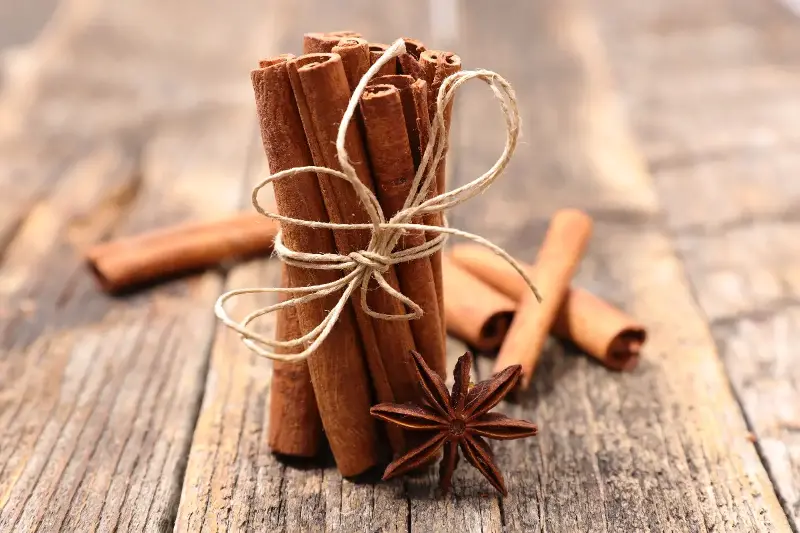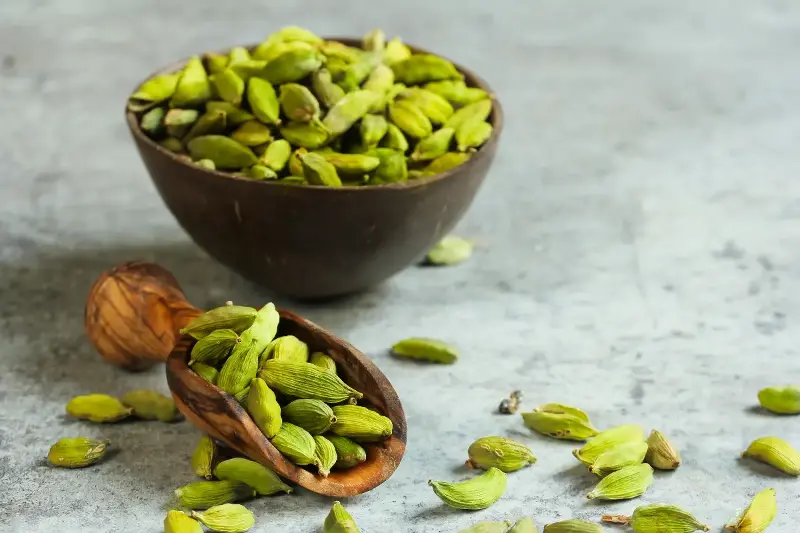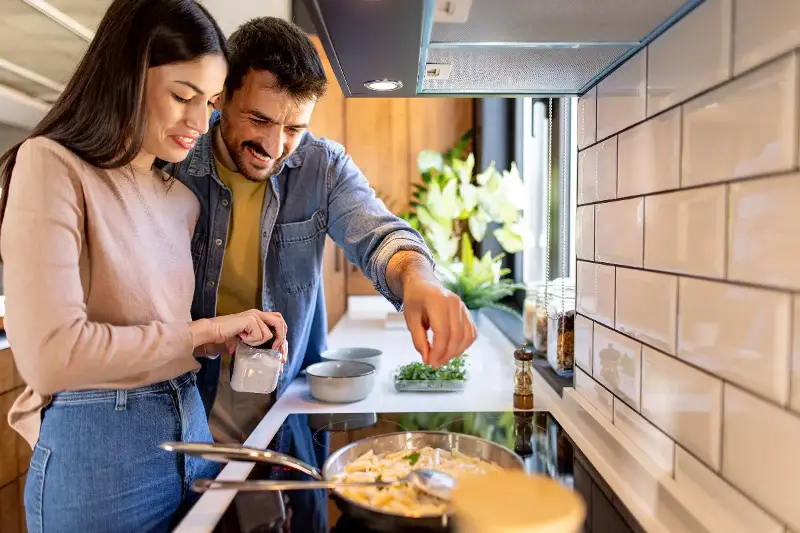Few kitchen ingredients have captured the human imagination quite like spices. From ancient trade routes to present-day kitchens, these potent botanical treasures have flavoured food, forged cultures, and even shaped empires. Let’s dive into the fascinating cultural tales behind some of the world’s most celebrated spices: turmeric, saffron, cinnamon, and beyond.
The Golden Magic of Turmeric

Turmeric, with its dazzling golden hue, is much more than just a staple in South Asian cuisine. Revered in India for over 4,000 years, turmeric has found its place in both culinary and ceremonial traditions. Ancient Sanskrit texts describe turmeric as “haridra,” a sacred substance believed to purify and heal. It is smeared on brides and grooms during traditional Hindu wedding rituals, symbolising blessing and fertility.
But turmeric’s journey is not confined to India. As traders crossed land and sea, this spice found its way into Southeast Asian and Middle Eastern kitchens. Today, turmeric lattes and smoothies have become global wellness sensations, riding a new wave of popularity for their purported anti-inflammatory powers. This golden spice is proof that tradition and trend can blend seamlessly across cultures and centuries.
Saffron: The Red Gold of Empires

If there is a spice that rivals gold in allure and value, it surely is saffron. These tiny crimson threads, painstakingly hand-harvested from the crocus flower, have enchanted royalty and commoners alike. Historians believe saffron was first cultivated in ancient Persia (modern-day Iran) over 3,500 years ago, prized not just for its distinct flavour but also for its vibrant colour and medicinal attributes.
Alexander the Great is said to have used saffron to heal wounds, while Cleopatra reportedly bathed in saffron-infused milk for radiant skin. In medieval Europe, saffron became a status symbol, adorning paellas in Spain and risottos in Italy. Even today, “red gold” remains a culinary and cultural treasure, its cultivation carefully guarded by generations of farmers from Spain to Kashmir.
Cinnamon’s Voyage from Mystery to Everyday Delight

Cinnamon’s warmth and spice once made it as coveted as precious stones. Ancient Egyptians used cinnamon in their embalming rituals, while Roman emperors burned it as a luxury incense. For centuries, the true source of cinnamon was shrouded in secrecy—Arab traders spun tales of giant birds and faraway lands to protect their monopoly over the spice.
Eventually, European explorers uncovered the truth: cinnamon bark comes from the laurel trees of Sri Lanka. The spice fuelled colonial ambitions and frequently changed hands during the spice wars. Today, cinnamon stars in both festive baking and exotic curries, proving its ability to unite far-flung culinary traditions.
Chillies, Cloves and Cardamom: Spices that Transformed Worlds

While often seen as humble kitchen staples, other spices like chillies, cloves and cardamom have equally intriguing backstories. Chillies, for example, originated in the Americas and only reached Asian and African palates after the Columbian Exchange. Who can imagine Thai or Indian cuisine today without their fiery kick?
Cloves, meanwhile, were once worth their weight in gold, igniting fierce competition among European powers for control of the tiny Banda Islands, once the only place they grew. Cardamom, known as the “Queen of Spices” in India, was cherished in ancient Greek and Roman perfumes, and it remains an essential part of Middle Eastern coffee ceremonies.
How Spices Continue to Shape Our World

The stories of these spices reveal more than culinary trends—they tell of trade, migration, and cultural fusion. From ancient silk roads to bustling modern markets, spices have drawn civilisations together, leaving a legacy richer than any treasure. Today, experimenting with these spices connects us to distant lands and long-lost traditions, all from our own kitchens.
Next time you sprinkle turmeric on your eggs or stir cinnamon into your coffee, remember: you’re partaking in a global heritage that’s as much about culture as it is about taste. There’s a whole world in every pinch, just waiting to be discovered.
